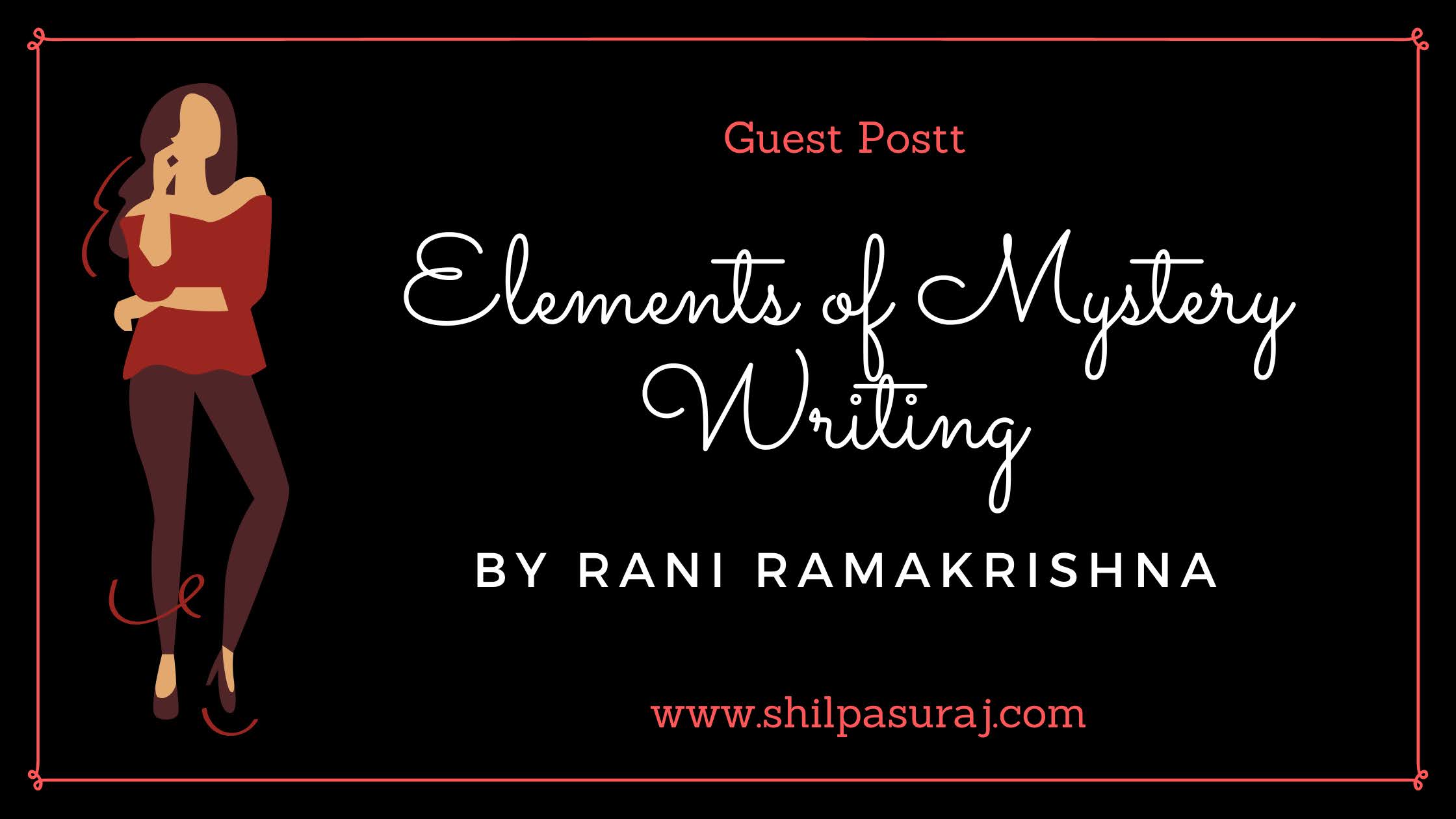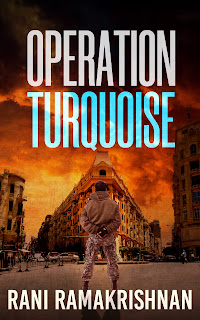Over the decades, more than 50 ships and 20 aircrafts have disappeared in the area known as the Bermuda Triangle. Even today, a mere mention of the region is enough for our curiosity to spike. Why? Because we enjoy finding answers to unsolved puzzles.
Mystery novels cater to this inherent curiosity.
Even while the stories vary in length and style, all mystery novels encompass certain trademark elements. Books that miss even one of these elements face the risk of being rejected by readers.
The elements of mystery writing are:
A Compelling Hook:
‘She opened the brown cover and a bloody knife fell out.’
Want to know what happened next?
An enticing sentence (such as the above), incident, or scene that grabs the reader’s attention and compels her to read further serves as the hook.
The reader picks up the book for the intrigue it promises. Offer that up front, preferably in the first sentence, paragraph or page of the book.
An easy way to include a hook in your book is to begin the story with the mystery or puzzle. Deal with the backstory later, after the reader is invested in knowing what happened.
An Intriguing Setting:
Which is better?
‘He crossed the room and noted that it had white walls and a marble floor.’
Or
‘His footsteps echoed on the marble floor and dark shadows danced on the white walls as he crossed the room.’
Treat the setting like a character and make the reader experience the suspense associated with the location through all her senses. But describing the location can bore the reader. Instead, make the setting implicit in the character’s actions.
A Puzzling Crime:
The police broke open the door that was locked from the inside and entered the bare windowless room to find a man hanging from the ceiling, his legs three feet above the ground.
Was he murdered? But the description doesn’t mention a weapon. Did the victim take his own life? A barren room implies no furniture. How did the victim climb to the noose?
Notice how you are already thinking like a detective.
At the heart of every mystery story is a crime, and the reader is an astute detective who hopes to solve the crime before the climax.
A Sharp Detective:
“… when you have eliminated the impossible, whatever remains, however improbable, must be the truth?”
The Sign of the Four, ch. 6 (1890)
Sherlock Holmes in The Sign of the Four (Doubleday p. 111)
The protagonist in most mystery novels is a detective (either amateur or professional) whose character arc develops with the story. The detective’s quirks and working style add to the appeal of the book. Any wonder then why Sir Arthur Conan Doyle’s Holmes is popular even today?
A Clever Antagonist:
Would you have enjoyed the Harry Potter series as much if another villain had replaced Lord Voldemort?
A worthy opponent makes the protagonist more formidable. Even when the identity of the enemy is a secret, his or her actions add suspense to the narrative. The antagonist’s actions may result in more twists in the plot. Such events draw the reader further into the book.
A Brisk Pace
How much description is too much or too little? This question nags every writer. Often, to avoid the latter, we are too descriptive in our narration. This slows the place of the book and distracts the reader.
A simple way to avoid this is to include only scenes that take the story forward. If the reader learns nothing new and useful from a scene, why is it in the book? This way the plot will progress with every scene and keep the reader engrossed.
Compelling Clues
Below the hanging man in the bare room (described in the crime section above), the police found a pool of water. Immediately, they knew what had happened.
Every time the reader comes across something new in the novel, her mind immediately connects it to the crime. She recounts everything she had read until then and draws conclusions about what could have happened. Then she reads on to find out if she is right.
Mystery books are the only genre that offers such engagement to readers. The clues that the author drops along the way are critical to making this crime solving experience enjoyable for the reader.
Keep track of where and how you present clues. You don’t want the reader to solve the crime too early. If you can surprise the reader with a different outcome from the one she imagined, kudos to you. Your job is done.
By the way, I am sure you have guessed the answer to the mysterious death in the windowless room based on the clue I gave at the beginning of this section. Keep reading, I will confirm your theory at the end of this article.
Red Herrings
Deception is the name of the game. In Agatha Christie’s And Then There Were None, 10 characters formed the suspect pool. Each one exonerated himself or herself by becoming the next victim. Or did they?
Plant fake clues in the story, make the reader believe she is on track, then shatter that notion with a new revelation. Now the reader is even more curious to know who the real culprit is.
A Satisfying Closure
Reveal the culprit. Celebrate the protagonist. Show what happens to the villain. Provide alibis for other suspects. Offer proper explanations for loose ends. Make sure your explanations satisfy the reader and make her a fan of your writing.
Returning to the man hanging in the room, the police concluded he took his own life. The room was locked from the inside, implying nobody had left after the incident. But how did the victim lift himself to the noose?
The pool of water on the ground below his corpse solved that. They realized he must have stood on a block of ice to reach the ceiling. The water on the ground was from the melted ice block.
Hope you too drew the same conclusion from the clues.
Check out Rani Ramakrishna's latest release:
One is a brave soldier, the other a deadly terrorist. A camera will decide which man survives.
The Poet has a way with words—and warfare. His voice echoes in thousands of homes worldwide, yet few have ever seen him. Endowed with a sharp mind and evil intent, the Poet has orchestrated many spectacular terror attacks in Asia and Africa. His latest mission has the Indian intelligence fraternity on its toes.
Ridden with risks, Operation Turquoise will bring the two men head to head—and only one will survive.






